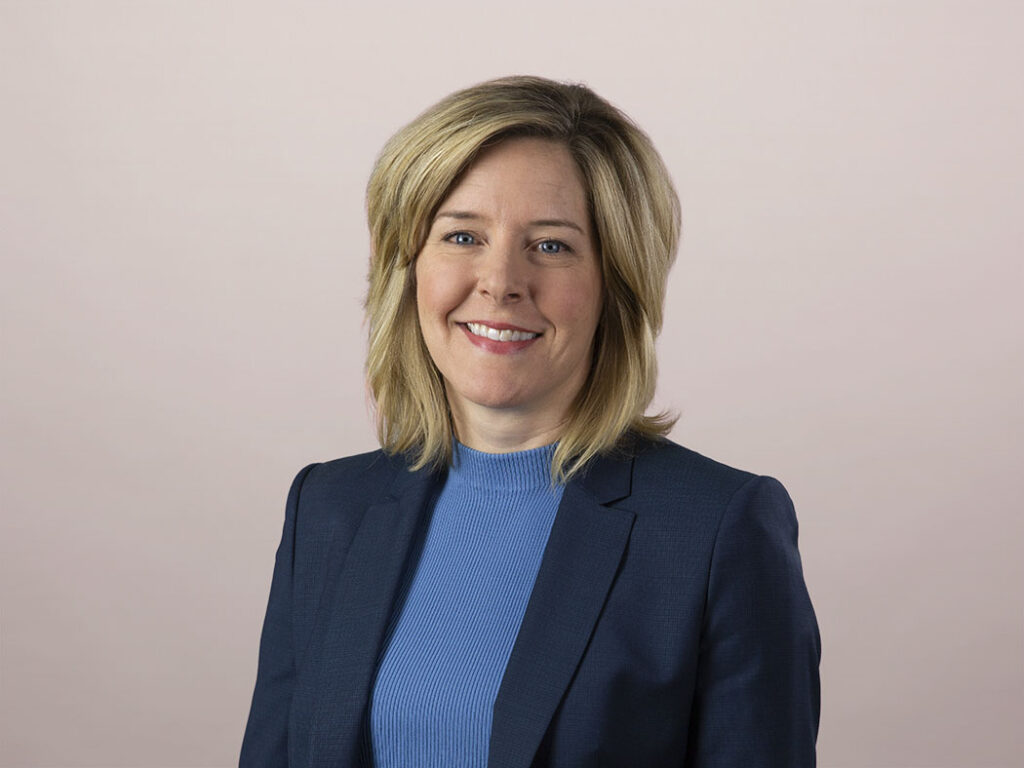Shifting From Creator Tools To Creative Participation: Adobe MAX Takeaways
Creativity has always extended beyond creative and content teams. But for years, many marketers and other employees lacked the tools, time, or skills to participate fully in shaping ideas and content. I just attended Adobe MAX 2025 and now see that reality changing. Adobe’s latest innovations aim to close those gaps by enabling anyone involved in marketing, design, or other parts of a business to create with confidence. As expectations for speed, personalization, and relevance accelerate, there’s an opportunity for creativity and content to become a shared capability across the business — supported by creator tools that make participation scalable and safe.
Adobe demonstrated the depth and breadth of capabilities to manage the full content lifecycle — from ideation to optimization — and showed how generative AI can unify those stages for marketers, creatives, and business users. These announcements signal a future in which organizations connect and modularize their content workflows to enable greater participation.
Here’s what stood out and how I believe it will affect marketing and creative leaders.
Partner Models Mean Creativity Meets Choice
- What I heard: Adobe announced new partnerships that connect its Firefly models with those from partners such as Luma AI, Google, OpenAI, Runway, and others — a bold move. Adobe’s commercially safe approach to Firefly — trained only on licensed or rights-cleared content — continues to matter deeply to enterprise customers I speak with. But by opening Firefly to partner models, Adobe is creating one destination inside tools like Photoshop where users can choose their model while Express will select the best model automatically.
- What this means: The future of creation isn’t about allegiance to one model. Every model brings distinctive strengths, such as realism, motion, speed, or style. Creators need the right model for a given task. With this announcement, Adobe ends two years of speculation about whether it wants to be a model company. This week, I heard clarity: Adobe is building a creative platform where the best models can work together. Adobe’s approach brings them into a single environment, eliminating the friction of switching tools while maintaining governance.
- What to do about it: Start by treating “model choice” as a new layer in your strategy to enable creative agility and avoid fragmentation. How? Review where your teams are already experimenting with different models or tools. Consolidate content and creative work into governed, interoperable environments where you can measure output quality, track rights, and scale safely.
The Model Customization Spectrum: From Brand Style To Custom Worlds
- What I heard: Adobe introduced two tiers of model training: 1) Firefly Custom Models allows teams to fine-tune visuals with as few as 10 branded images and 2) Firefly Foundry, a new managed service, enables multiconcept, multimodal model creation, helping large enterprises build entire branded worlds that connect image, video, 3D, and audio generation. I’m hearing of more organizations and individual creators exploring model customization to align AI outputs with their unique style and brand identity, as well as to reduce creative rework.
- What this means: This customization spectrum represents how creative production will evolve. Many creators and organizations will pursue lightweight tuning for rapid content variants, while certain enterprises will seek deep codevelopment for brand systems that need proprietary creative IP. These options offer organizations a scalable way to balance personalization, speed, and consistency across global markets.
- What to do about it: Decide which parts of your content lifecycle require brand differentiation versus efficiency. Train smaller models for campaign assets. When your brand experience depends on unique design systems, product visualization, or immersive storytelling, explore Foundry-level programs. Establish metrics such as time to asset, variant turnaround, and brand compliance to prove ROI.
Conversational Experiences Deliver Creativity In Plain Language
- What I heard: Adobe Express and Photoshop now include AI Assistants that let anyone edit, brainstorm, or refine work through natural language. In Express, users can make changes without having a deep understanding of design language; in Photoshop, the assistant acts like an intelligent collaborator, reviewing visuals, naming layers, and handling repetitive tasks. Adobe plans to integrate Express into ChatGPT so that more employees can create and edit content without leaving their workflow.
- What this means: Advanced design skills are no longer a prerequisite for creating content. Conversational AI bridges the gap between creative teams and business users, empowering more employees to generate on-brand assets while preserving professional quality. It’s a major step toward democratizing content with built-in guardrails.
- What to do about it: The goal is to extend creative and content capacity across the organization while maintaining standards. Evaluate which creative or design tasks are repeatable, low-risk, and high-volume enough to be automated or self-served. Use that analysis to identify where conversational interfaces could add value in the future. Build a lightweight framework defining permissions, quality thresholds, and review points.
Moving From Creative Tools To Creative And Content Infrastructure
Adobe MAX underscored a structural shift in how creative and content work happens. What once lived inside specialized software is evolving into creative and content infrastructure that’s connected, multimodel, conversational, and accessible to everyone. The promise of democratization is that creativity and content become a stronger organizational capability. While many other industry players are pushing toward easier creation and scale, Adobe’s advantage goes beyond tools. Its offerings span creativity, marketing, and AI, connecting the tools, models, and governance that make large-scale participation both possible and safe.
The bigger opportunity and challenge for organizations is internal, however: operating like one company and aligning people, skills, and incentives around shared outcomes. The next frontier is building the muscle to use the technology and enable creative participation.
We’re here to help you advance your content and creative capabilities. If you’re a Forrester client and want help evaluating your tech stack, refining your workflows, or assessing your team’s readiness to apply AI-driven approaches to content, connect with your account team or schedule a guidance session today.
